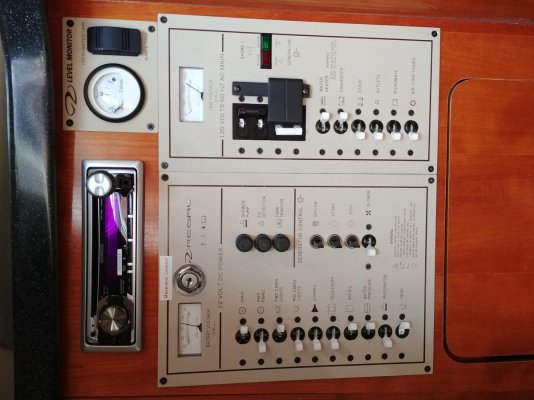greatpapabear
Senior Member
Hi All,
Another hoilding tank question. In 15 years, I've had to replace the T24 pump three times, each time caused by split bellows.
I take great care not to leave the pump running unnecessarily not the least that split bellows means spilt poo into the bilge under the main cabin.
Does anyone else suffer these piump failures?
Another hoilding tank question. In 15 years, I've had to replace the T24 pump three times, each time caused by split bellows.
I take great care not to leave the pump running unnecessarily not the least that split bellows means spilt poo into the bilge under the main cabin.
Does anyone else suffer these piump failures?


